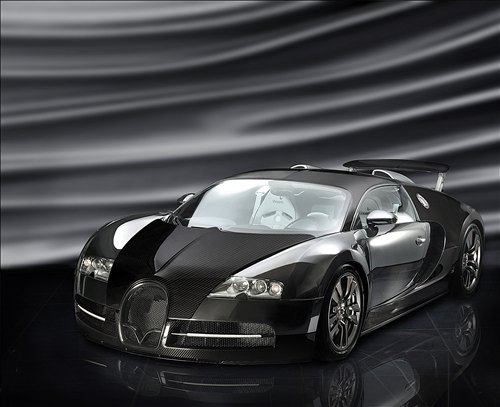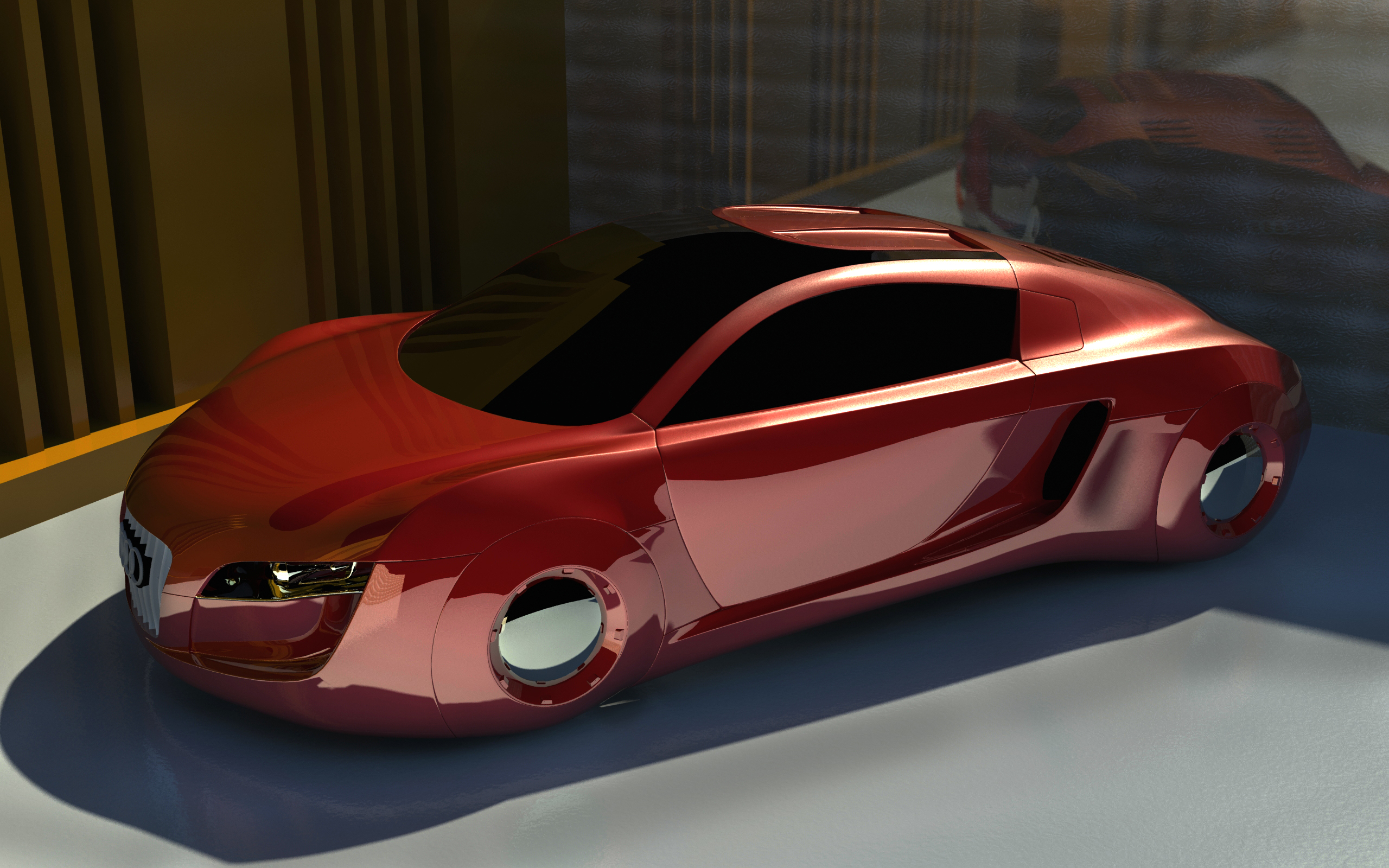Tuner Car Wallpaper Definition
Source (google.com.pk)Car tuning is modification of the performance or appearance of a vehicle. For actual "tuning" in the sense of automobiles or vehicles, see engine tuning. Most vehicles leave the factory set up for an average driver's expectations and conditions. Tuning, on the other hand, has become a way to personalize the characteristics of a vehicle to the owner's preference. Cars may be altered to provide better fuel economy, produce more power, or to provide better handling.
Car tuning is related to auto racing, although most performance cars never compete. Tuned cars are built for the pleasure of owning and driving. Exterior modifications include changing the aerodynamic characteristics of the vehicle via side skirts, front and rear bumpers, spoilers, splitters, air vents and light weight wheels.Cars have always been subject to after-market modification. The golden age of car tuning was the decades between World War II and the beginning of air pollution restrictions. Both moderate and radical modification have been commemorated in the popular songs Hot Rod Race and Hot Rod Lincoln. The names of Abarth and Cooper appear on models styled after the cars they modified. Cosworth went, with support from Ford, from modifying English Ford Flathead engines for Lotus Sevens to dominating Formula One.
In the 1970s and 80s, many Japanese performance cars were never exported outside the Japanese domestic market. In the late 1980s and early 1990s, grey imports of Japanese performance cars, such as the Nissan Skyline, began to be privately imported into Western Europe and North America. In the United States, this was in direct contrast to the domestic car production around the same time, where there was a very small performance aftermarket for domestic compact and economy cars; the focus was instead on sporty cars such as the Ford Mustang and Chevrolet Corvette, or on classic muscle cars.
Because of their light weight and the increasing availability of low-cost tuning equipment, economy and compact cars exhibit high performance at a low cost in comparison to dedicated sports cars. As professional sporting and racing with such vehicles increased, so did recreational use of these vehicles. Drivers with little or no automotive, mechanical, or racing experience would modify their vehicles to emulate the more impressive versions of racing vehicles, with mixed results.
The essence of modification of a tuner car is an attempt to extract the greatest possible performance—or the appearance of high performance—from the base motor vehicle through the addition, alteration or outright replacement of parts. Although this largely involves modifying the engine and management systems of the vehicle to increase the power output, additional changes are often required to allow the vehicle to handle this power, including stiffened suspension, widened tires, better brakes, improved steering and transmission modifications such as the installation of a short shifter. Although largely invisible from outside the vehicle, certain modifications such as low profile tires, altered suspension, and the addition of spoilers can change the overall appearance of the car, As well as adding downforce to increase traction.
A stock audio system is one specified by the manufacturer when the vehicle was built in the factory. A custom audio installation can involve anything from the upgrade of the radio to a full-blown customization based around the audio equipment. Events are held where entrants compete for the loudest, highest quality reception or most innovative sound systems.
All cars competing in each class must adhere to a strict set of regulations. As in some well known racing events, like NASCAR and NHRA, sanctioned events often require a minimum vehicle weight. In such cases the interior is stripped and lead weights or similar are added to meet that requirement.
Along with weight requirements, safety requirements are present . Requirements differ for different classes. Roll cages, fire extinguishers, reinforced bucket seats, seat harnesses, and the like are some of the required safety modifications. Roll cages may be difficult to install when the original equipment interior is present. Some tuners will have "gutted" interiors. Some even go as far as to not have a sound system or even an A/C.
Main article: Engine tuning
Engine tuning is the process of modifying the operating characteristics of an engine. In a typical engine set-up, there are various mechanical and electronic elements such as the intake manifold, spark plugs, Mass air flow/ Volume air flow, etc. Modern engines employ the use of an ECM to provide the best balance between performance and emissions. Via the OBD communications protocol, the electronically controlled aspects of the engine can be modified in the process known as 'mapping'. Mapping can either be preformed by changing the software within the ECU (chip tuning via firmware modification), or by providing false data via plug-in hardware (piggybacking). Mechanical components can also be replaced, such as turbochargers or superchargers.
Other standalone engine management systems are available. These systems replace the factory computer with one that is user programmable.
Tuner Car Wallpaper Free Wallpaper Pics Pictures Hd for Desktop Iphone Mobile HD 1080p

Tuner Car Wallpaper Free Wallpaper Pics Pictures Hd for Desktop Iphone Mobile HD 1080p

Tuner Car Wallpaper Free Wallpaper Pics Pictures Hd for Desktop Iphone Mobile HD 1080p

Tuner Car Wallpaper Free Wallpaper Pics Pictures Hd for Desktop Iphone Mobile HD 1080p

Tuner Car Wallpaper Free Wallpaper Pics Pictures Hd for Desktop Iphone Mobile HD 1080p

Tuner Car Wallpaper Free Wallpaper Pics Pictures Hd for Desktop Iphone Mobile HD 1080p

Tuner Car Wallpaper Free Wallpaper Pics Pictures Hd for Desktop Iphone Mobile HD 1080p

Tuner Car Wallpaper Free Wallpaper Pics Pictures Hd for Desktop Iphone Mobile HD 1080p

Tuner Car Wallpaper Free Wallpaper Pics Pictures Hd for Desktop Iphone Mobile HD 1080p
Tuner Car Wallpaper Free Wallpaper Pics Pictures Hd for Desktop Iphone Mobile HD 1080p

